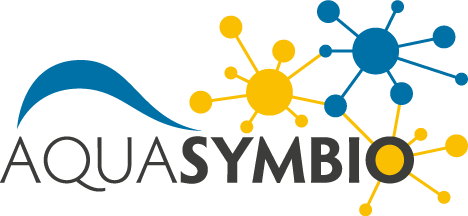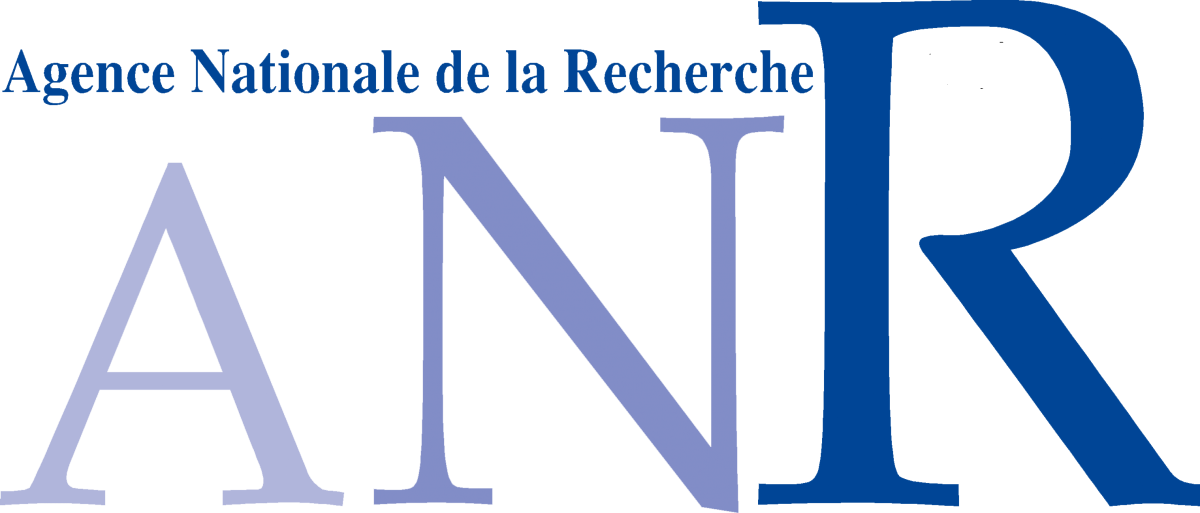Eucinostomus argenteus
Diagnosis
Diagnosis_Genus: Eucinostomus Baird & Girard. Gen. Char.—Mouth small and very protractile, which, when protruded, presents a sub-conico-tubular appearance ; lips thin ; maxillar teeth ; palate and tongue toothless ; opercular apparatus without either spines or serratures. Gill apertures continuous under the throat. First dorsal fin contiguous to the second at the base ; outline between the two depressed. Caudal fin furcated. Three spiny rays at the anterior margin of the anal. Scales well developed. The second spine, in both the dorsal and anal fins, is much less developed than in Gerres, to which genus the present one hears close affinities. The same remark applies to the spine of the ventral fins. Another distinctive trait between Gerres and Eucinostomus consists in the former having the edge of the preopercle serrated, whilst it is perfectly smooth in the latter.
Diagnosis_Species: Eucinostomus argenteus Baird & Girard. Spec. Char.—Body moderately elongated, compressed, sub-fusiform in a profile view. Head sub-conical, contained three times and a half in the total length. Posterior extremity of the maxillary extending to a vertical line drawn somewhat inwardly to the anterior rim of the orbit. Eye sub-circular ; its longitudinal diameter entering about four times in the length of the side of the head : the rostral distance in advance of the eye being somewhat more than one of its diameter. External soft ray of ventrals prolonged into a membranous thread stretching beyond the posterior margin of these fins, although not reaching the origin of the anal, when bent in that direction. The caudal fin, which constitutes about the fifth of the entire length, is posteriorly sub-concave. The origin of the dorsal is placed opposite the base of the pectorals, the spinous portions being longer than the soft . The origin of the anal is situated posteriorly to the anterior soft rays of the dorsal . Ventrals inserted behind the base of the pectorals.
The scales are well developed, somewhat deeper than long, except in the lateral line, where they are also considerably smaller and posteriorly tapering ; radiating furrows may be observed upon their anterior section alone, their posterior section exhibiting fine pectinations. Br. VII : MI ; D X, 14 ; A III, 8 ; C 5, 1, 8, 7, 1, 6 ; V I, 5 ; PI, 15. The ground color is greenisb olive with oblique, sometimes, undulating series of purplish brown spots, one of which on each scale, extending likewise over the vertical fins and occasionally confluent, constituting continuous narrow bands. The throat and abdomen are rather yellowish and unicolor.
Body_length: 1 to 10,4 cm (Kerschner et. al. 1985)
Body_sexual_maturity: 12 cm (Corrêa & Vianna 2015)
Body_maximum_reported_length: 15.0 cm
Sequence_COI_16S: GU440320 and AY958609 (Martinez-Guevara et al. 2014)
Sequence_COI: AP045-12 (Lautredou et al. 2013)
Etymology
Eucinostomus: Greek, eu = good + Greek, kyon = dog + Greek, stoma = mouth.
Type species
The type species for the genus Eucinostomus is Eucinostomus argenteus (Baird & Girard, 1855).
Type illustration / Type locality / Type specimen
Type illustration : Eucinostomus argenteus. Report on the United States and Mexican boundary survey, plate IX, figure 9 (Baird & Girard, 1855).
Type Locality : Beesley's Point, New Jersey, U.S.A.
Paralectotypes: USNM 32491 (1), 201671 (1), 201674 (12).
Ecology
Habitat: freshwater
Habitat: Eastern Pacific: Anaheim Bay in southern California, USA southward to Peru, including the Galapagos Islands. Western Atlantic: New Jersey, USA and Bermuda through the Gulf of Mexico and the Caribbean to southeastern Brazil.
Subtrate: water
Salinity: marine
Salinity: brackish
Depth: epipelagic (0-12 m)
Oxygen_level: oxic
Temperature_spawning: 16-29°C
Migratory: Yes. Diel vertical migration
Causality_of_migration: Trophic migration. The migration to deeper areas during growth and the differences in proportion of the food items found in the stomach seem to be a strategy used by the three species studied by Pessanha (2006) (E. argenteus, D. rhombeus and M. furnieri) to avoid competition (Denadai et al. 2012)
Temporality_of_migration: once a life
Life cycle
Reproduction_mode: sexual
Fertility_period: Seasonal (during the warmer months of December to June in Brazilian waters (Godefroid et al. 2001))
Spawning_method: External fertilization in the water column
Feeding behaviour
Mode of locomotion
Original description
Reference(s)
Observation site(s)
SYMBIONTS
| Association with... | Region origin | Name of site | In reference... |
|---|---|---|---|
| Amyloodinium ocellatum | Mississippi Sound |
(1980) Studies on Amyloodinium ocellatum (Dinoflagellata) in Mississippi Sound: Natural and Experimental Hosts. Gulf Research Reports 6:403-413. |
|
| Amyloodinium ocellatum | Gulf Coast Research Laboratory |
(1980) Studies on Amyloodinium ocellatum (Dinoflagellata) in Mississippi Sound: Natural and Experimental Hosts. Gulf Research Reports 6:403-413. |












